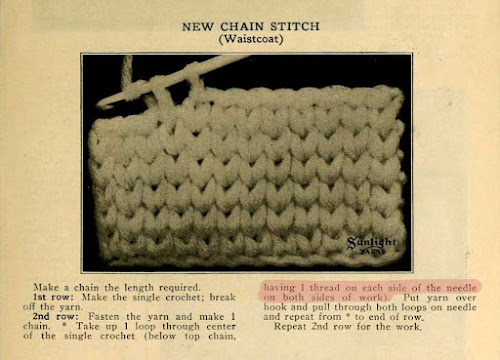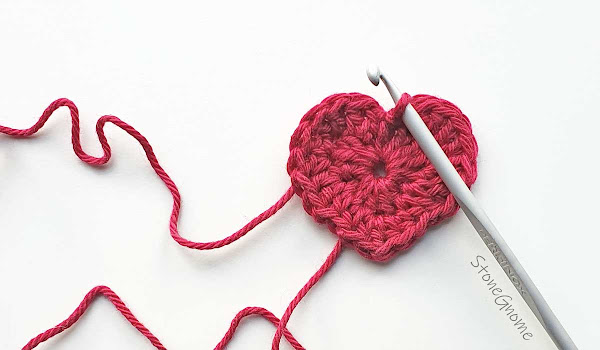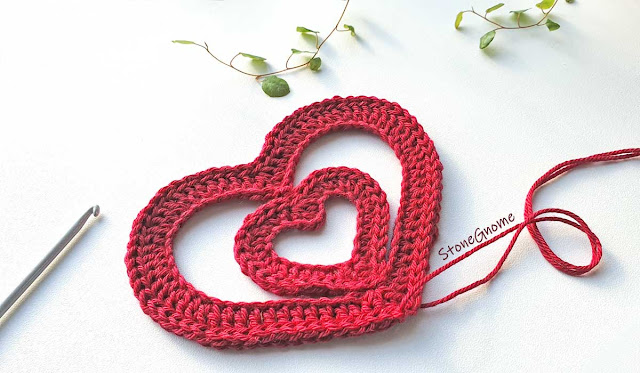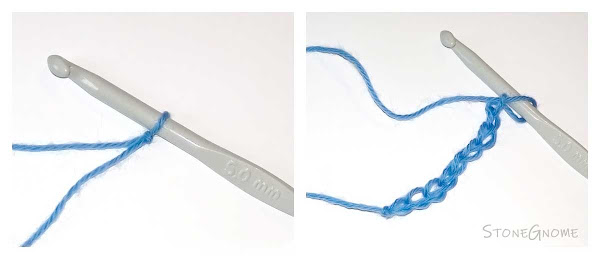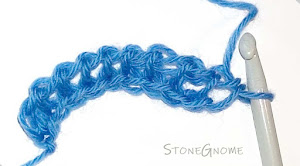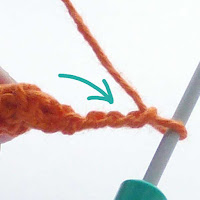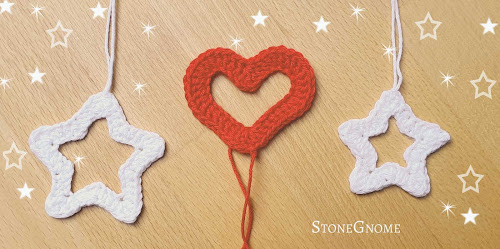The holiday season is here - read on for last-minute Christmas crochet inspiration! Handmade ornaments bring extra warmth to your decorations and make wonderful last-minute gifts.
Small crochet ornaments are perfect for busy days or when you need a relaxing creative break. Each is like a little piece of handmade magic, adding a personal and cozy touch to your home.
Free Christmas Crochet Patterns
Here are some of my favorite patterns to inspire you this season.
Snowflakes will always have a special place in my heart. They brighten up winter days and make delicate window decorations that last well beyond Christmas.
The stars and hearts add their charm to everything. Timeless and versatile for any occasion, including Christmas. You really can't go wrong with those.
-
 Snowflake No.1
Snowflake No.1
Bright, delicate, and perfect for winter window decorations. -
 Snowflake No.2
Snowflake No.2
The sister of Snowflake No.1, with its own unique charm. -
 Sibling Stars
Sibling Stars
Easy and relaxing to make, with a festive touch. -
 A Little Christmas Heart
A Little Christmas Heart
-
 World Heart Day
World Heart Day -
 Double Heart
Double Heart
-
 Striped Christmas Bauble
Striped Christmas Bauble
Now with a cap! - This might take a little longer to crochet, so make this for someone special. -
 A Curly Border
A Curly Border
The twisted sc border adds a special touch to your work. Find it on Instagram - Swipe for video.
Whether you hang these ornaments on the tree, place them in a window, or gift them to someone special, they’re sure to bring warmth and joy to the season.
I’d love to see your creations and how you use these patterns! Tag me @stonegnomedesign on Instagram, so I can find your posts.
Wishing you a warm and creative Christmas season!
Sincerely,
Heidi aka StoneGnome
Originally published in December 2018, updated in 2024.





